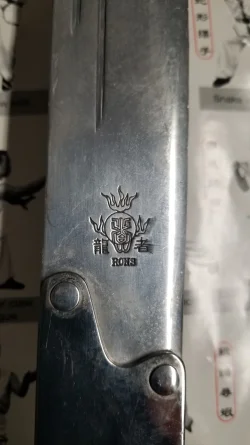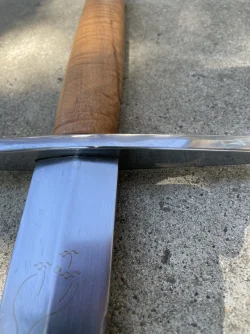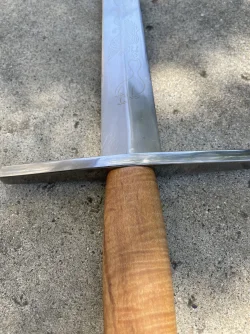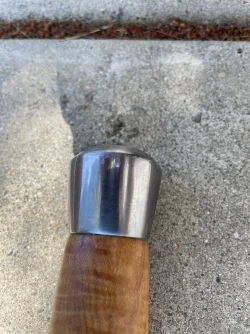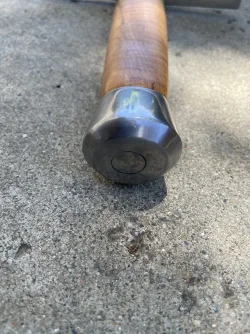More likely, since this attachment is not solid, moisture will collect between the blade and the sleeve, leading to rust. It can be done if it's welded together, and the screws added as decoration.
For a short slashing weapon (like a small-medium Kukri) you can get away without full tang. I don't know the dimensions of this blade, but by eye, I wouldn't trust it without a full tang. For waving in the air for demo purposes, sure. But not actually hitting anything.
Pretty much standard. For a strong blade, round off the junction of the blade and tang. Slot the guard. Drill and pin the guard in place. For the best result, braze the guard to the blade.


